A Mall for the Boom Years
The fall of 1985 brought something new to Boynton Beach - a shopping center big enough to change the city's retail landscape.
Boynton Beach Mall, developed by the Edward J. DeBartolo Corporation, opened on October 10.
Its layout mirrored Coral Square Mall, another DeBartolo project, with wide corridors, bright atriums, and department stores anchoring each end.
JCPenney arrived first, opening its doors on October 2.
Lord & Taylor followed five days later, marking its second South Florida expansion that year, with another store opening at Miami International Mall.
When Burdines joined on November 2, the mall felt complete, offering everything from high-end fashion to affordable home goods.
Shoppers filled the halls, and the food court buzzed with families taking a break from weekend errands.
In 1986, Jordan Marsh brought another level of prestige, setting up shop near the mall's center.
Customers could find designer labels and personal shopping services there. A few years later, in 1989, Macy's arrived, moving into a newly built space on the northeast pad.
The growing roster of stores made the mall a destination for Palm Beach County residents looking for variety under one roof.
Beyond the storefronts, the mall had an atmosphere. In the center court, a butterfly sculpture stood atop a cascading waterfall, with water flowing in rhythmic bursts.
Two smaller bronze fountains sat on opposite ends - one with a boy and his dog and the other with a girl tipping a bucket.
Shoppers paused to watch, and kids threw pennies into the water. For a moment, it felt like more than a place to buy clothes or grab a meal.
At its peak, Boynton Beach Mall wasn't just a shopping center - it was where people went to browse, meet friends, and cool off from the Florida heat.
Today, visitors still look for things to do in Boynton Beach, FL, but the mall doesn't hold the same pull.
The retail industry has shifted. Anchor stores have closed. And the fountains that once made it feel alive? They've been dry for years.
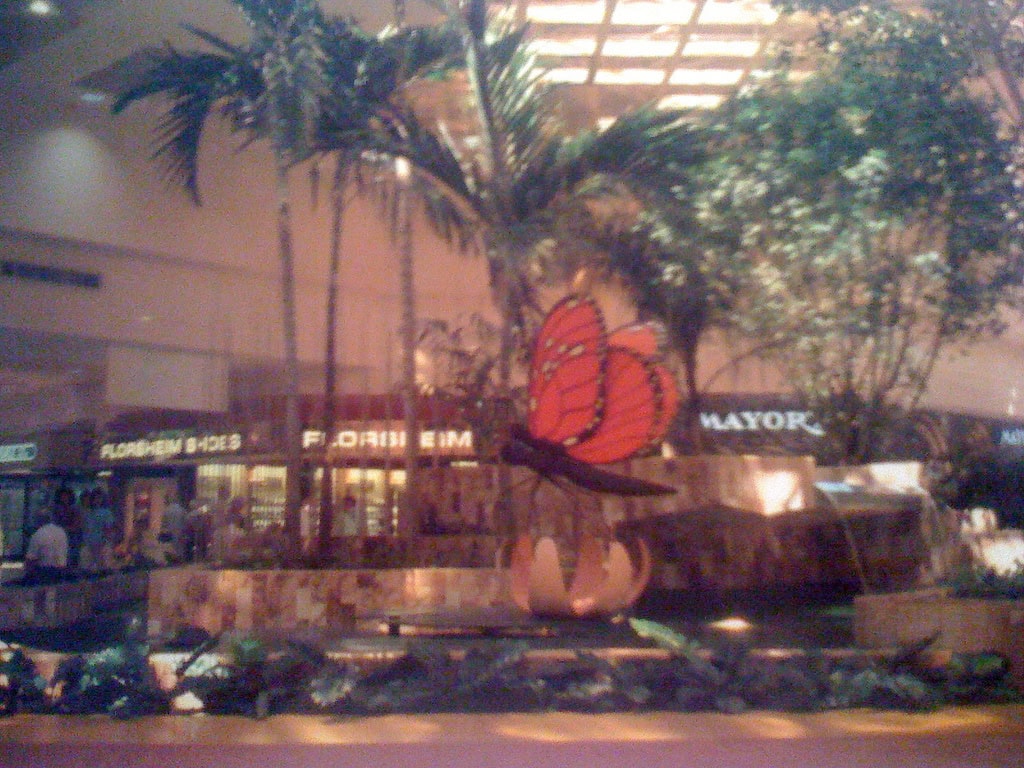
Expansions, Upgrades, and the Peak
By the late 1990s, Boynton Beach Mall had reached its peak. It had the right mix of department stores, specialty retailers, and entertainment options to keep people coming back.
The mid-'90s were strong years for enclosed malls, and this one was no exception.
Changes to the anchor lineup kept the property fresh. Lord & Taylor, which had struggled in the Florida market, shut down its Boynton Beach location in 1991.
Mervyn's quickly took over, adding a mid-priced department store focused on family apparel and home goods.
Jordan Marsh, another original anchor, didn't last much longer - its parent company went bankrupt, and by 1992, Sears had moved into the space.
The transformation wasn't just about replacing names on the storefronts. It reflected broader shifts in American retail, where mid-tier department stores either adapted or disappeared.
Dillard's entered the picture in 1997, acquiring Mervyn's space to open a men's store.
Two years later, the company expanded again, building a separate women's store at the opposite end of the mall.
Having Dillard's split into two locations strengthened its presence and made Boynton Beach a key location for the chain in South Florida.
Meanwhile, Burdines continued drawing in customers with its well-known Florida-centric branding.
The mall itself was updated in 2001. The bronze fountains - once a signature feature - were removed. The butterfly sculpture was gone, too, replaced by open walkways and modernized seating areas.
Some shoppers missed the old charm, but the goal was clear: keep the space looking current.
Then came the biggest structural change. In 2005, Macy's took over Burdines and moved into that space.
The original Macy's building, which had stood since 1989, was demolished to make way for a lifestyle center.
The idea was to blend traditional mall shopping with open-air dining and entertainment.
By 2007, a Muvico 14-screen theater anchored the new space, bringing in steady weekend traffic.
For a while, it looked like the mall had adapted. But retail was already changing, and those shifts were about to catch up with it.
The Slide Begins
By 2010, cracks were starting to show. The trackless train that once carried kids through the mall had been a bright spot - something to keep families entertained.
Then it was gone. A small safari ride took its place, but foot traffic had started to dip. The mall still had its big-name anchors, but inside, stores turned over more often.
Some storefronts sat empty longer than they used to.
Dillard's made its move in 2012. Instead of running two full-line department stores, it converted its men's store - the old Mervyn's - into a clearance center.
That left the women's store empty, sitting on the property with no clear future.
Christ Fellowship Church took the space in 2014, turning a once-bustling retail spot into a place of worship.
The entertainment options that had once been the mall's selling point were changing, too.
Muvico, which had brought in steady business for years, sold its theater to Cinemark in 2009.
The Disney Store closed in 2017, following a broader trend of the company's departure from traditional mall locations.
Around the same time, smaller attractions kept trying to fill the gaps. The carousel, which had been a mainstay for kids, was removed in 2013.
In its place came a bungee-jumping setup, a quick fix for an otherwise shrinking roster of experiences.
H&M opened a 15,000-square-foot store in 2015, offering fast fashion at a time when many department stores were struggling to keep younger shoppers interested.
The biggest blow came in late 2018. Sears, which had been part of the mall since taking over Jordan Marsh in 1992, announced it would close.
By February 2019, the store was gone, leaving another massive empty space.
Throughout 2024, Boynton Beach Mall edged closer to its next chapter.
Washington Prime Group paid $15 million for the Macy's building, tightening its grip on the site and cutting through layers of red tape.
Christ Fellowship, which still held part of the property, stayed in the loop as redevelopment plans took shape.
Inside, tenants signed short-term leases, a clear signal that the countdown had started.
The mall wasn't being revitalized. It was being cleared out, piece by piece.
In January 2025, Macy's announced it was leaving, too. The store had been a staple since taking over Burdines in 2005, but the company was downsizing nationwide.
The last day of business was set for March 23, another blow to an already struggling property.
Boynton Beach Mall: The Future - Or the End?
Boynton Beach Mall had been running on borrowed time, and city officials knew it.
In 2020, they approved a rezoning plan, clearing the way for something new. The mall wasn't going to be a mall forever.
The new vision? A mixed-use development. Retail would shrink from over a million square feet to just under 500,000.
In its place, developers planned 1,420 residential units, office space, and a 400-room hotel.
Instead of a shopping center, the area would become a mix of housing, workspaces, and entertainment - a different kind of destination.
Washington Prime Group, the mall's owner, had been dealing with financial struggles of its own.
After spinning off from Simon Property Group in 2014, the company eventually filed for bankruptcy in 2021.
Boynton Beach Mall was one of many properties that needed a reinvention. The question was whether that reinvention would happen before the mall completely emptied out.
Plans were on the table, but redevelopment takes time. Meanwhile, the remaining stores had to operate in a space that felt more like a shell of what it used to be.
Some shop owners held out, hoping for a turnaround. Others left, tired of waiting.
As of early 2025, the future of Boynton Beach Mall is uncertain - it is changing in real-time.
The question isn't if the mall will survive but what will replace it.


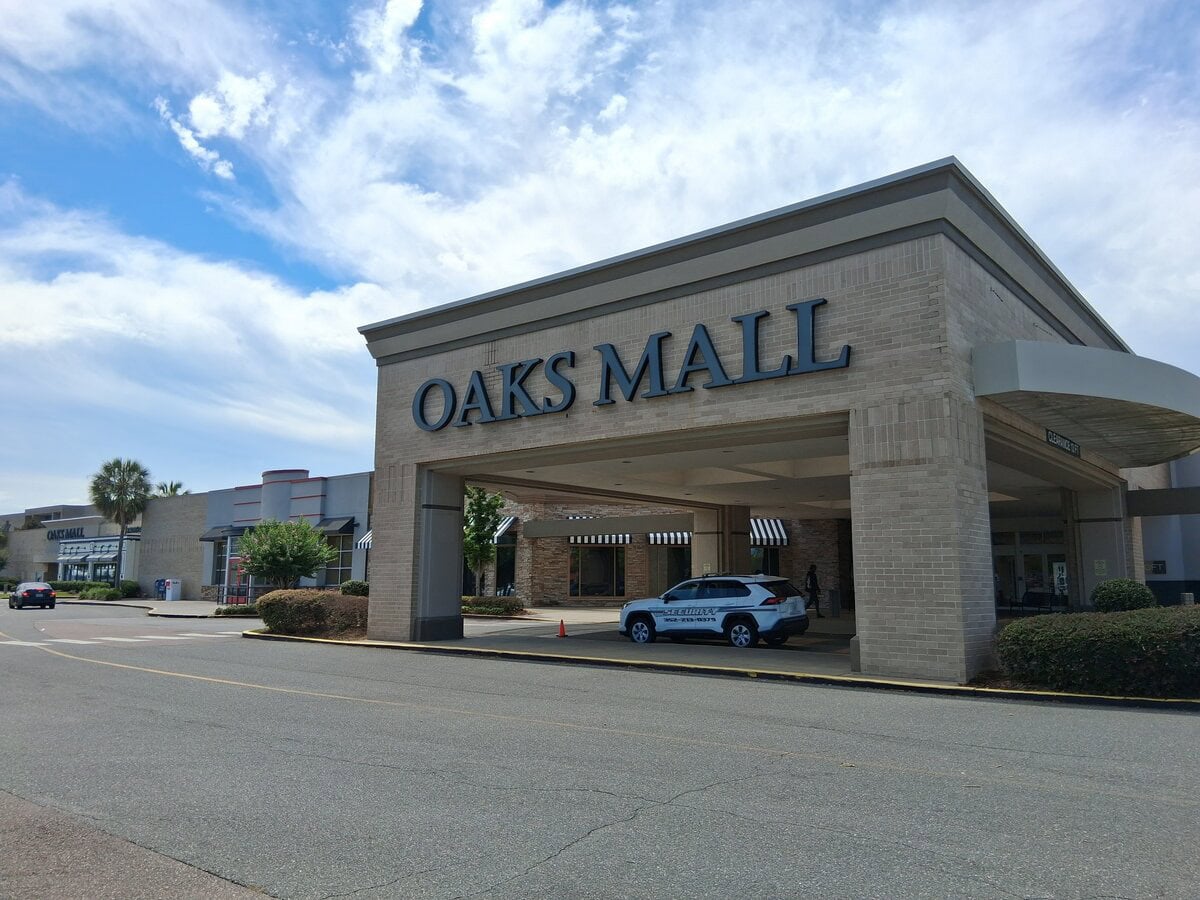
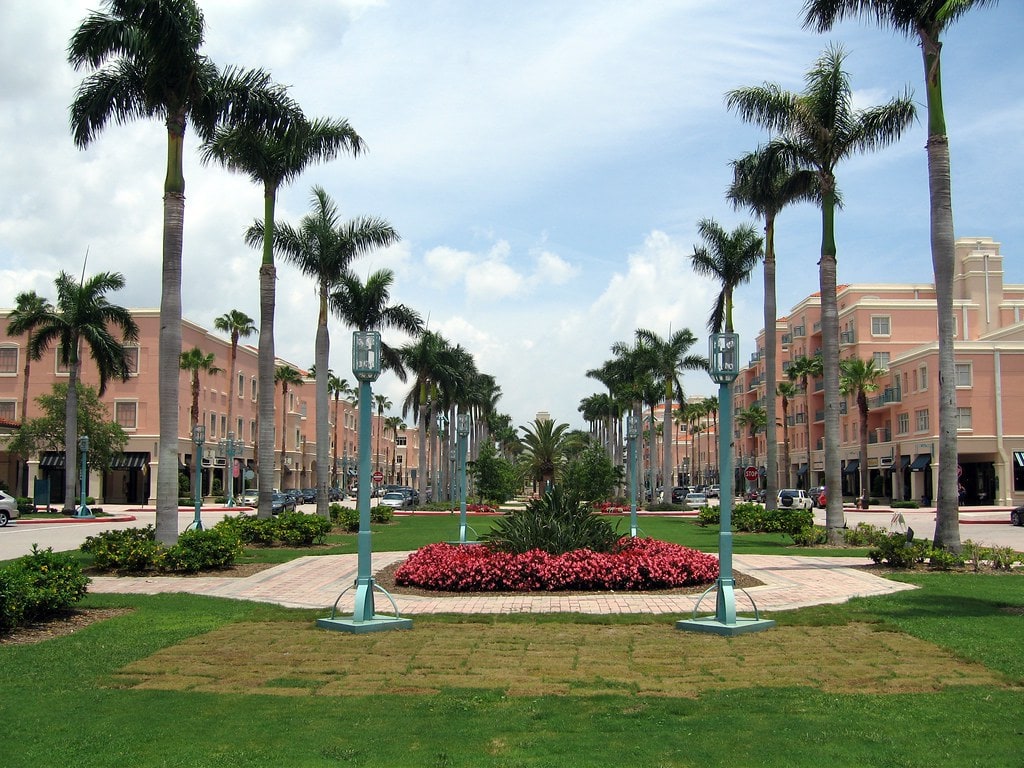
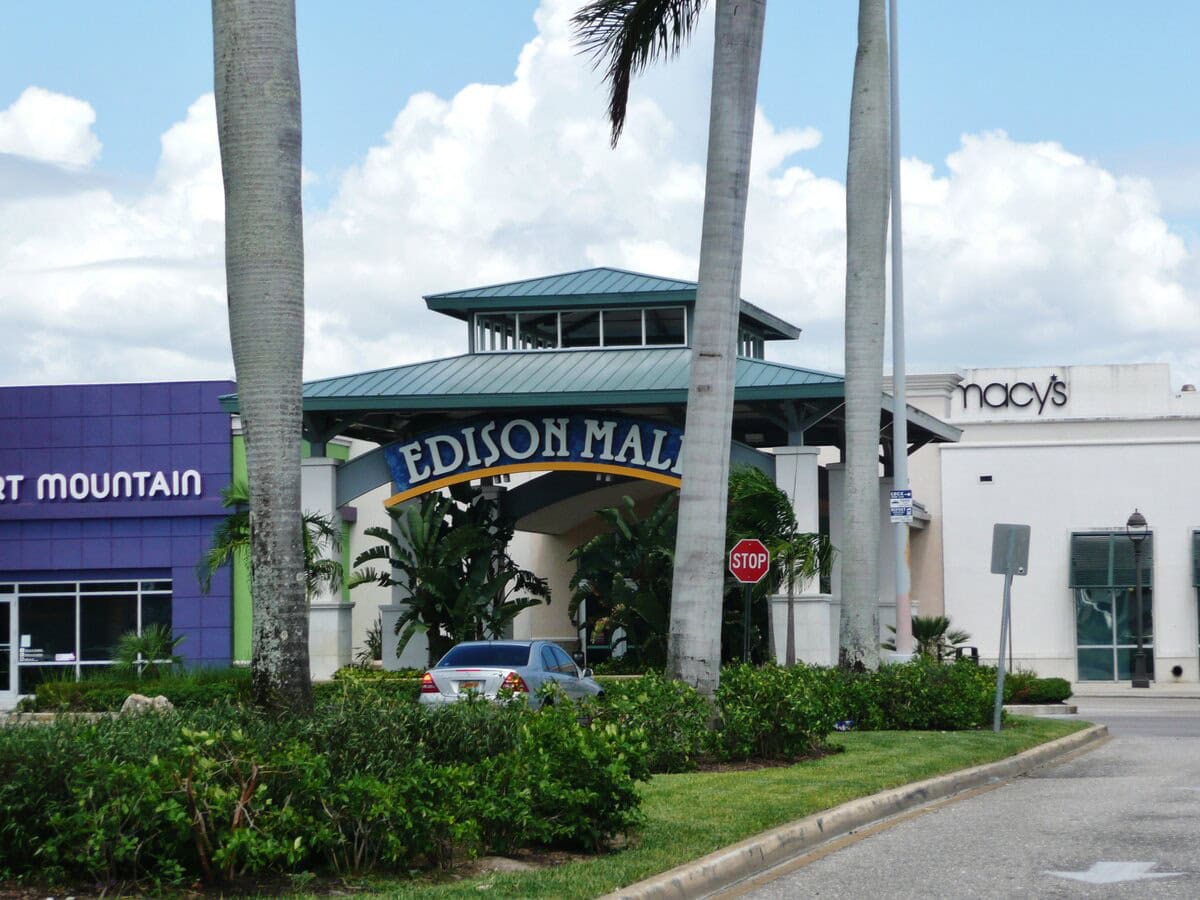
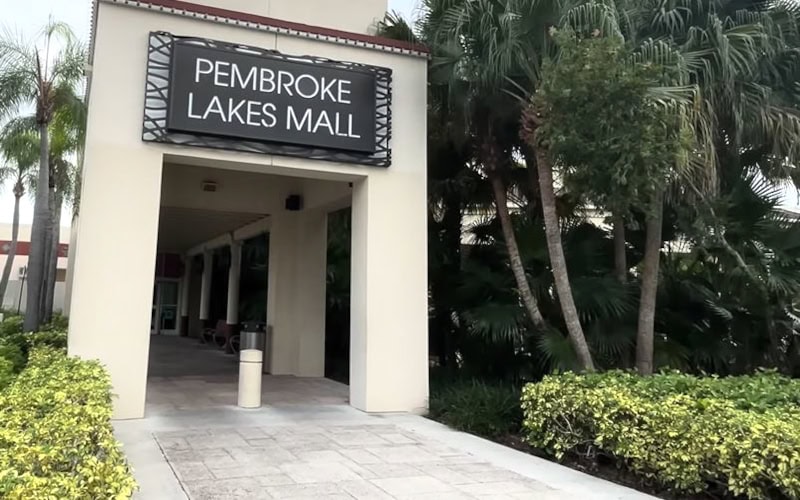

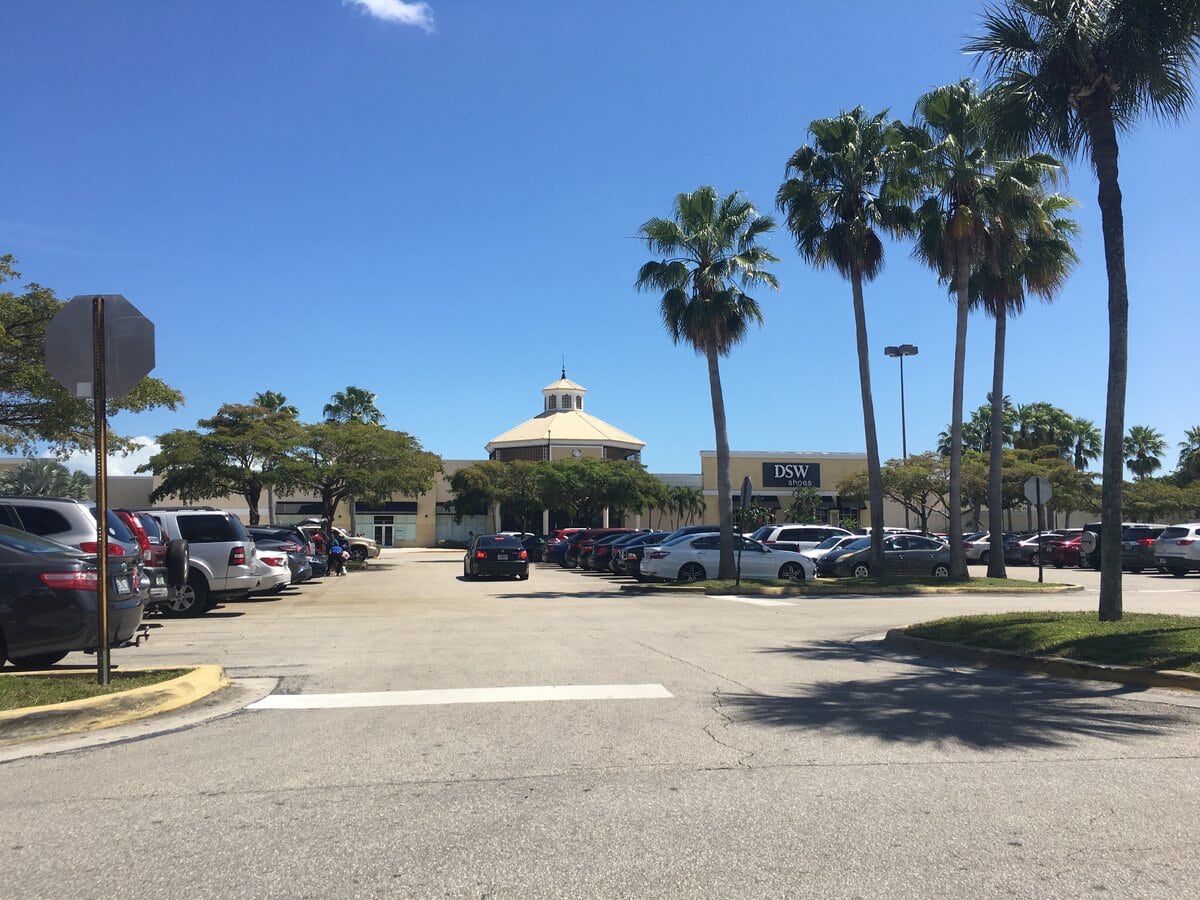
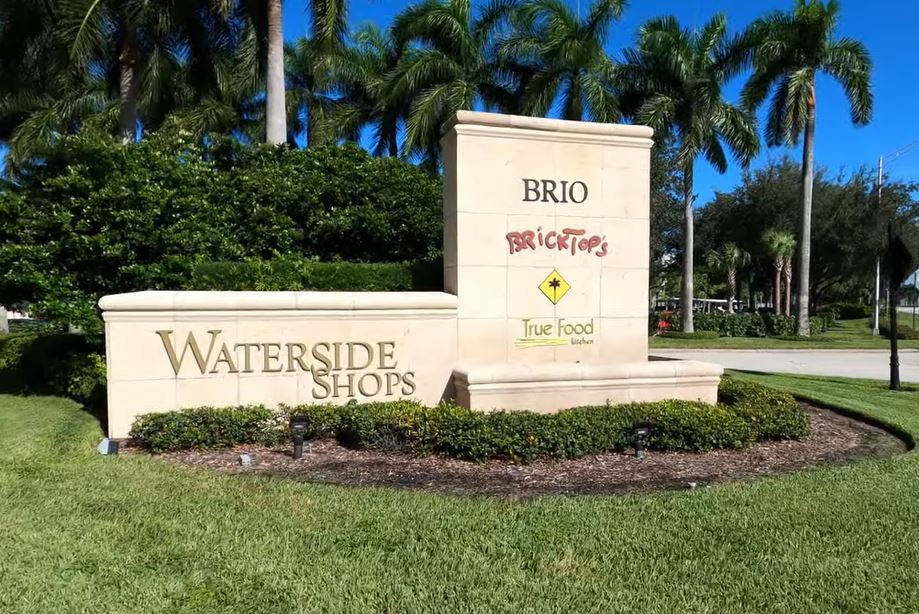
I wish they would put Dave and Busters here, We need one in Palm Beach County and I think it would be a great money maker also we should get some mixed us similar to Ren Commons but not more than 3 story townhomes, A hotel would be nice but also reasonable priced places to eat maybe even an area that specializes in food trucks ,a comedy club or small theater outlet that could be used for things you would not have the big movie theater for small plays , comedy , dance
You've basically drafted a better future for the mall. Not just Dave & Buster's, but a layered space where people can live, eat, laugh, and linger—something that feels like a neighborhood, not just a shopping center.
Hello. I never thought of BBM as either a destination for variety, a place to cool off from the Florida heat, nor have the right mix of retail at one time. Here is my post about the Macy's closing: https://www.instagram.com/p/DFkj_T2x697/?igsh=aW50NjU2ejFtdXcx
Thanks for sharing your post. Personal views like that give texture to what the numbers and retail reports usually flatten out.